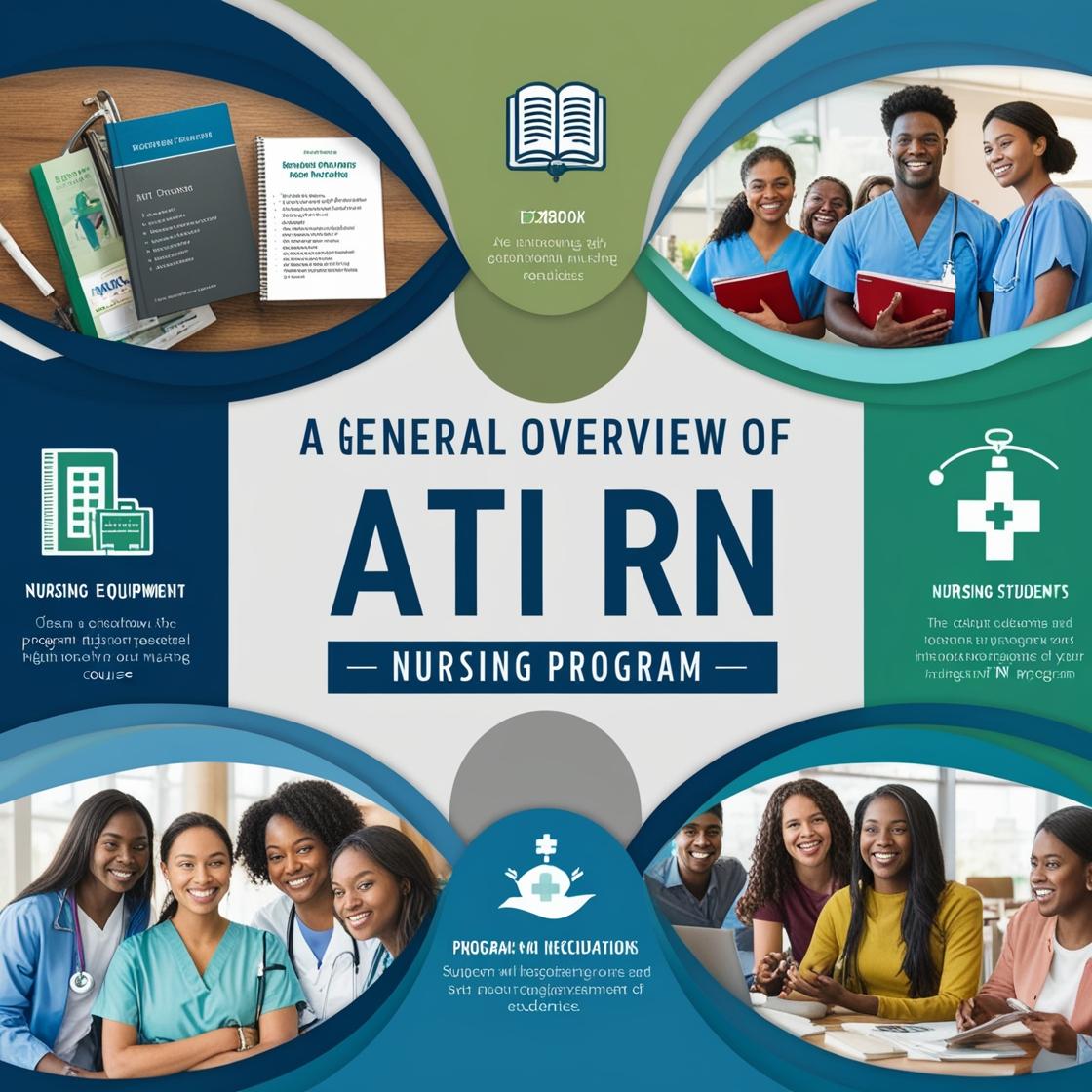ATI RN
Cardiovascular System Exam Questions And Answers
1. The nurse is monitoring a client on dobutamine. What adverse effect should the nurse watch for?
- A. Tachycardia
- B. Bradycardia
- C. Hypertension
- D. Respiratory distress
Correct answer: A
Rationale: The correct answer is A: Tachycardia. Dobutamine is a medication that stimulates beta-1 adrenergic receptors in the heart, leading to increased heart rate. Therefore, tachycardia is a common adverse effect that the nurse should monitor for. Choices B, C, and D are incorrect because dobutamine typically does not cause bradycardia, hypertension, or respiratory distress as its primary adverse effects.
2. What is a chronic condition where the bronchial tubes in the lungs become inflamed and narrowed, often caused by smoking?
- A. Chronic bronchitis
- B. Emphysema
- C. Asthma
- D. Tuberculosis
Correct answer: A
Rationale: Chronic bronchitis is the correct answer because it is a long-term condition characterized by inflammation and narrowing of the bronchial tubes in the lungs, commonly triggered by smoking. Emphysema involves damage to the air sacs in the lungs, not specifically the bronchial tubes. Asthma is a condition of reversible airway obstruction usually due to allergies or other triggers, not solely smoking. Tuberculosis is a bacterial infection that primarily affects the lungs but is not directly related to inflammation and narrowing of the bronchial tubes.
3. Which procedure is used to restore a normal heart rhythm in patients with arrhythmias, typically using electrical shocks?
- A. Cardioversion
- B. Defibrillation
- C. Ablation
- D. Angioplasty
Correct answer: A
Rationale: The correct answer is A: Cardioversion. Cardioversion is the procedure used to restore a normal heart rhythm in patients with arrhythmias by delivering controlled electrical shocks to the heart. Choice B, Defibrillation, is incorrect because defibrillation is used to treat life-threatening arrhythmias by delivering an unsynchronized high-energy shock to the heart. Choice C, Ablation, is incorrect as it involves destroying abnormal tissue that causes arrhythmias, not necessarily restoring normal heart rhythm. Choice D, Angioplasty, is unrelated to heart rhythm restoration and is a procedure to open blocked or narrowed blood vessels.
4. Which heart chamber receives oxygenated blood from the lungs and pumps it to the rest of the body?
- A. Left atrium
- B. Right atrium
- C. Left ventricle
- D. Right ventricle
Correct answer: C
Rationale: The correct answer is the left ventricle. It receives oxygenated blood from the left atrium and pumps it to the rest of the body through the aorta. The left atrium receives oxygenated blood from the lungs, the right atrium receives deoxygenated blood from the body, and the right ventricle pumps deoxygenated blood to the lungs.
5. Which condition is characterized by the sudden onset of shortness of breath, often occurring at night and associated with heart failure?
- A. Paroxysmal nocturnal dyspnea
- B. Sleep apnea
- C. Orthopnea
- D. Dyspnea
Correct answer: A
Rationale: Paroxysmal nocturnal dyspnea is the correct answer. It is characterized by the sudden onset of shortness of breath during sleep, often associated with heart failure. Choice B, Sleep apnea, involves pauses in breathing during sleep but is not specifically associated with heart failure. Choice C, Orthopnea, is difficulty breathing that occurs when lying down and is relieved by sitting up, not necessarily associated with heart failure. Choice D, Dyspnea, is a general term for difficulty breathing and does not specifically describe the sudden onset at night associated with heart failure as seen in paroxysmal nocturnal dyspnea.
Similar Questions

Access More Features
ATI RN Basic
$69.99/ 30 days
- 50,000 Questions with answers
- All ATI courses Coverage
- 30 days access @ $69.99
ATI RN Premium
$149.99/ 90 days
- 50,000 Questions with answers
- All ATI courses Coverage
- 30 days access @ $149.99
